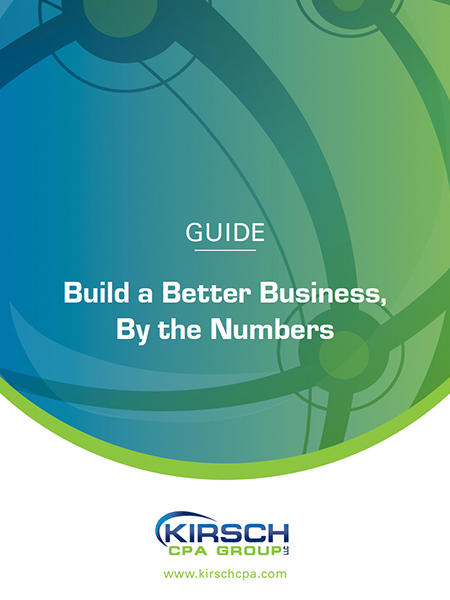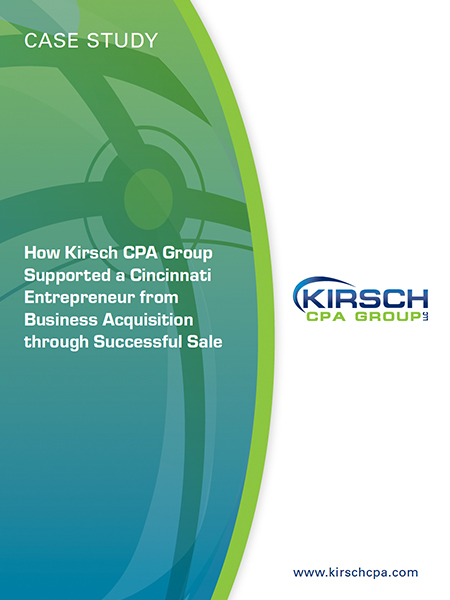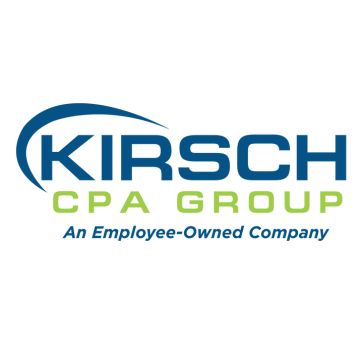Material Participation Standard is the Key to Unlocking LLC Tax Losses
May 27, 2021

Many privately held businesses have incurred losses during the COVID-19 pandemic. Unfortunately, the federal income tax passive activity loss (PAL) rules can limit an owner’s ability to currently deduct tax losses thrown off by passive activities. Here’s an overview of how the PAL rules apply to members (owners) of limited liability companies (LLCs).
Focus on LLCs
An LLC that’s owned by one individual is generally treated as a sole proprietorship for federal income tax purposes. Losses from single-member LLCs are potentially subject to the PAL rules.
An LLC that has several members (owners) is generally treated as a partnership for federal income tax purposes. Losses passed through to individual members of such LLCs are also potentially subject to the PAL rules.
PAL Basics
In general, you can deduct PALs only to the extent you have passive income from other sources, such as positive income from other passive activities or gains from assets used in other passive activities. Unfortunately, many individuals have little or no passive income, so most (or all) of their PALs are suspended and carried over to future tax years.
You can deduct suspended PALs when you have passive income or when you sell the activities that produced the PALs. But those events might not happen for years.
However, when an LLC member “materially participates” in an LLC’s tax-loss activity for the year, that activity is classified as nonpassive. That means it’s exempt from the PAL rules for that year. So, you can currently deduct losses from the activity unless some other federal income tax rule prevents that favorable outcome.
For individuals, meeting the material participation standard is the key to deducting losses from business activities for federal income tax purposes. Individual owners must pass at least one of seven tests to meet that standard. Individual owners of multi-member LLCs that are treated as partnerships for federal income tax purposes must apply the material participation tests at the member (owner) level, rather than at the LLC level. (See “7 Material Participation Tests” at below.)
Unfavorable Rule for Limited Partners
If an individual LLC member is classified as a limited partner for PAL purposes, he or she must pass the first, fifth or sixth test to establish material participation. The other four tests aren’t available to LLC members who are classified as limited partners for PAL purposes.
Some individual members of multi-member LLCs that are classified as partnerships for federal income tax purposes may be classified as limited partners for PAL purposes; others are classified as general partners. Consult your tax advisor to determine which classification applies to your ownership interest.
Work Done in Capacity as Investor
Time spent in the capacity as an investor doesn’t count for purposes of passing the material participation tests unless the individual is directly involved in the day-to-day management or operations of the activity. For purposes of this restriction, work done in the capacity as an investor includes:
- Studying and reviewing financial statements or reports on operations of the activity,
- Preparing or compiling summaries or analyses of the finances or operations of the activity for the individual’s own use, and
- Monitoring the finances or operations of the activity in a non-managerial capacity.
Unfavorable Exception for Self-Rentals
IRS regulations establish another unfavorable exception: the self-rental income recharacterization rule. Under this exception, an individual’s net rental income can be recharacterized as nonpassive if it’s collected from a business in which the individual materially participates (in other words, a nonpassive business owned by the individual).
This rule aims to prevent individuals from generating passive net rental income by renting property to businesses in which they materially participate, and then using passive losses from other sources to offset that passive net rental income. However, the opposite isn’t the case: When the self-rental activity generates a net loss, it remains a passive loss.
7 Material Participation Tests
The IRS has prescribed the following seven tests to determine if you can meet the material participation standard with respect to a particular business activity:
- More-than-500-hours test. This is passed if the individual participates in the activity for more than 500 hours during the year.
- Substantially-all test. This is passed if the individual’s participation in the activity during the year constitutes substantially all the participation by all individuals (including those who aren’t owners of interests in the activity) during that year.
- More-than-100-hours test. This is passed if the individual participates in the activity for more than 100 hours during the year, and no other individual (including nonowners) participates more during that year.
- Significant participation activity (SPA) test. This is passed if the activity is a SPA in which the individual participates for more than 100 hours during the year, and the individual’s total participation in all SPAs during the year exceeds 500 hours.
- Prior-year material participation test. This is passed for the year if the individual materially participated in the activity for any five of the 10 immediately preceding years.
- Personal service activity test. This is passed for the year if the activity is a personal service activity, and the individual materially participated in the activity for any three preceding years.
- Facts and circumstances test. This is passed if consideration of relevant facts and circumstances show that the individual materially participates in the activity on a regular, continuous and substantial basis. The individual must participate for more than 100 hours to be eligible for this test. In addition, an individual’s hours performed in the management of an activity don’t count for purposes of this test unless 1) no other person who performs management services for the activity receives compensation for such services, and 2) no other person who performs management services for the activity spends more time on such services than the individual.
If you pass one or more of these seven tests for the tax year in question, you meet the material participation standard for that activity for that year, which means that activity is nonpassive for you for that year. If so, you’re exempt from the PAL rules for that activity for that year.
Need Help?
If you own an interest in an LLC that incurs losses, the PAL rules can be a big deal. Kirsch CPA Group can help determine whether you meet the material participation standard. If so, you may be allowed to deduct your losses in the current tax year — if not or if you’re affected by an unfavorable exception, your losses may be suspended under the PAL rules and carried over to future tax years.
Contact us to learn more about passive activity loss (PAL) rules
© Copyright 2021. All rights reserved.
Sign Up for Email Updates
Accounting & Financial News

Tax Law Changes: 10 Provisions Employers Need to Know
The One Big Beautiful Bill Act (OBBBA) includes a number of tax law changes that affect employers.…





